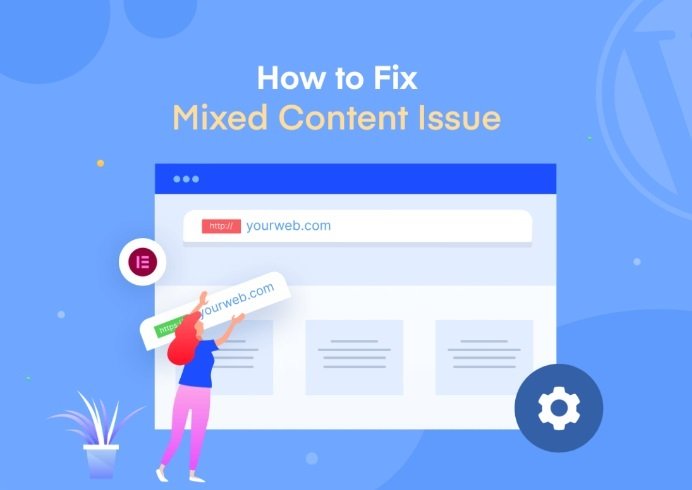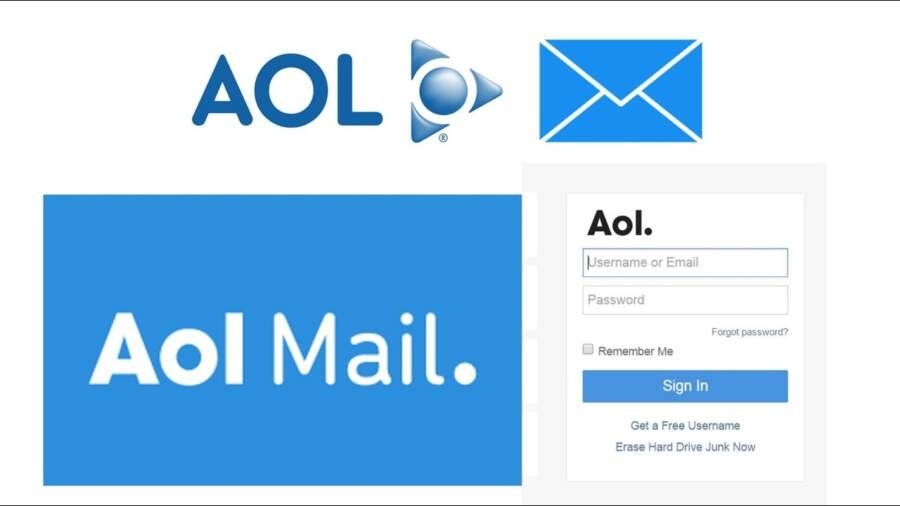How to fix: HTTPS/HTTP Mixed Content
Mixed content occurs when a webpage is loaded over HTTPS, but it also includes resources (such as images, stylesheets, or scripts) that are loaded over HTTP. This can lead to security warnings, as the non-secure resources may compromise the integrity and privacy of the page.
How to Fix Mixed Content:
1. Identify Mixed Content
- Browser Developer Tools: Open the browser’s developer tools (press F12 or right-click the page and select “Inspect”). Check the “Console” tab for any mixed content warnings.
- Online Scanners: Use online tools like Why No Padlock? or SSL Labs to scan your site for mixed content issues.
2. Update HTTP URLs to HTTPS
- Manually Update URLs:
- Go through the HTML, CSS, and JavaScript files and change any
http://URLs tohttps://. Ensure that all external resources (images, fonts, scripts, etc.) are loaded over HTTPS.
- Go through the HTML, CSS, and JavaScript files and change any
- Database Search and Replace:
- If mixed content is caused by URLs stored in a database (e.g., WordPress), perform a search-and-replace query on your database to update
http://tohttps://.
- If mixed content is caused by URLs stored in a database (e.g., WordPress), perform a search-and-replace query on your database to update
3. Use Relative URLs
- Use relative URLs instead of absolute URLs where appropriate (e.g.,
/path/to/resourceinstead ofhttp://yoursite.com/path/to/resource). This way, resources are always loaded over the same protocol as the page.
4. Ensure All Resources Support HTTPS
- Some external resources (like third-party scripts or images) may not support HTTPS. In such cases:
- Replace them with an alternative resource that supports HTTPS.
- Host the resources on your own server over HTTPS.
5. Automatic Redirects
- Set up automatic HTTP-to-HTTPS redirects on your web server. This ensures that any requests made over HTTP are automatically redirected to HTTPS.
- For example, in Apache, you can use
.htaccess:bashRewriteEngine On
RewriteCond %{HTTPS} off
RewriteRule ^ https://%{HTTP_HOST}%{REQUEST_URI} [L,R=301]
6. Use Content Security Policy (CSP)
- Implement a strict Content Security Policy (CSP) to block mixed content from being loaded:
http
Content-Security-Policy: upgrade-insecure-requests;
- This automatically upgrades all HTTP requests to HTTPS, preventing mixed content.
7. Check for External Plugins and Themes
- If you’re using a CMS like WordPress, some themes or plugins may load content over HTTP. Ensure they are updated, or manually edit them to load resources over HTTPS.
By following these steps, you can resolve mixed content issues and ensure that your website is fully secure with HTTPS.




Post Comment